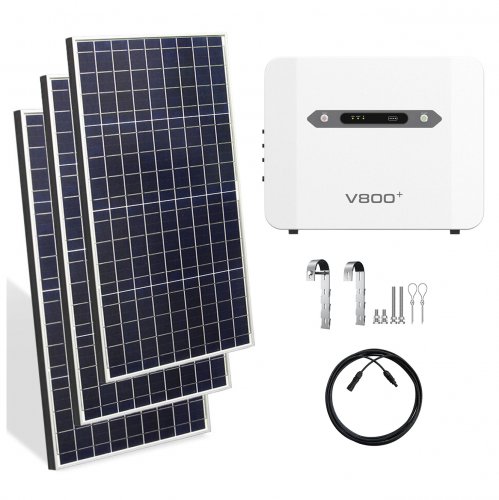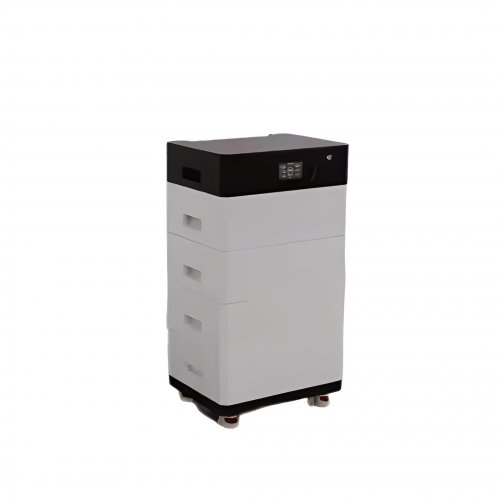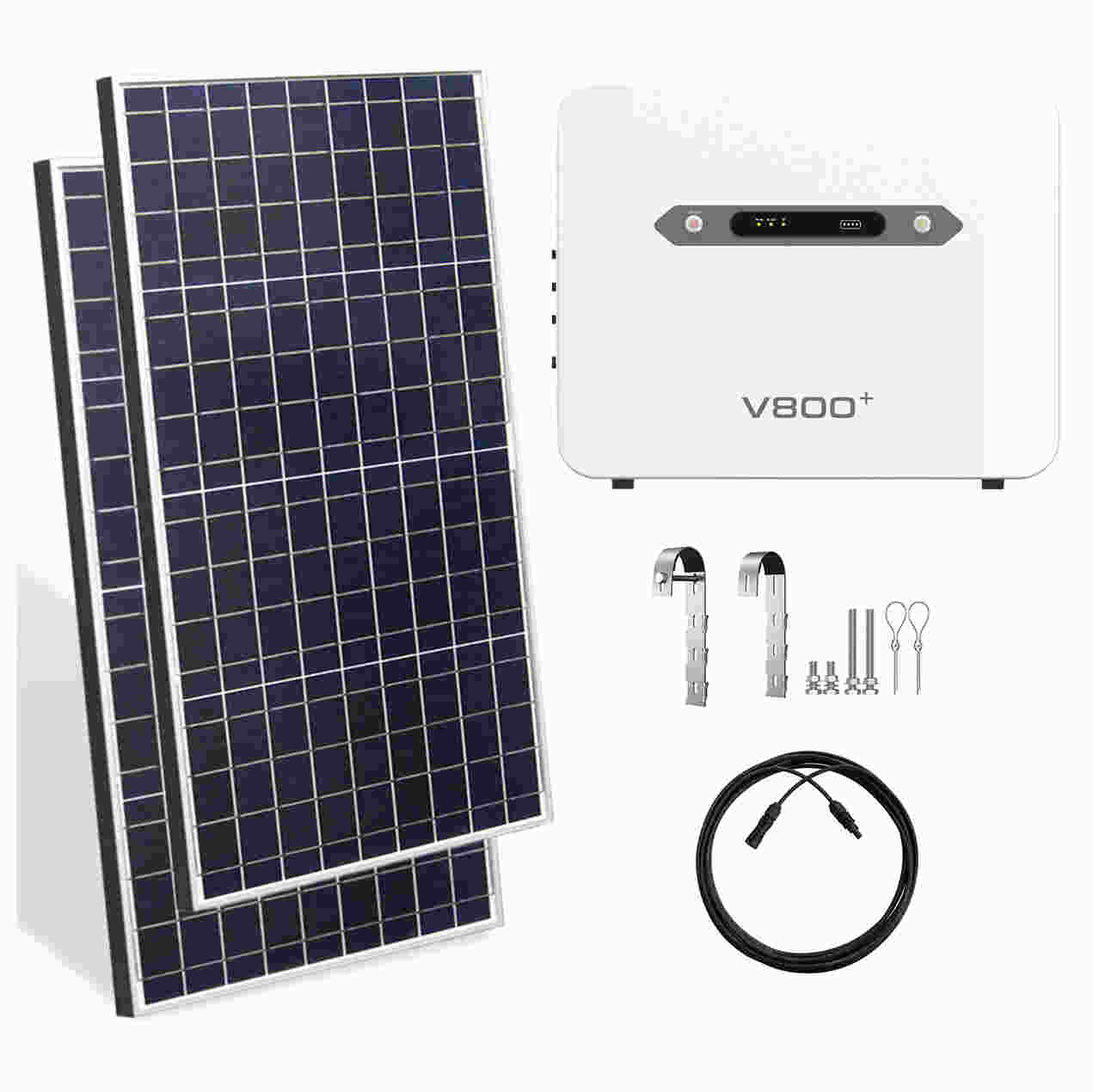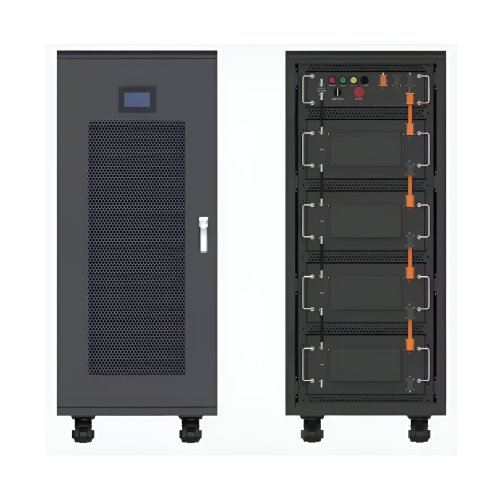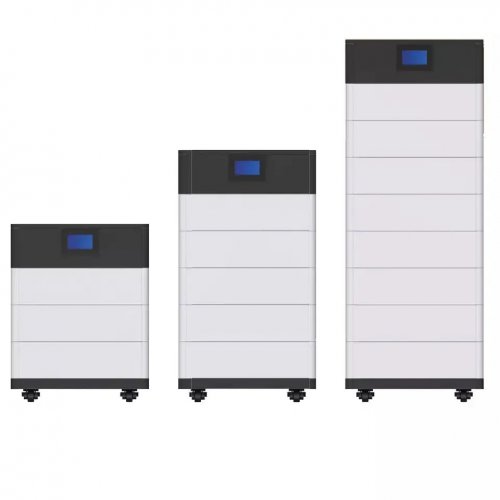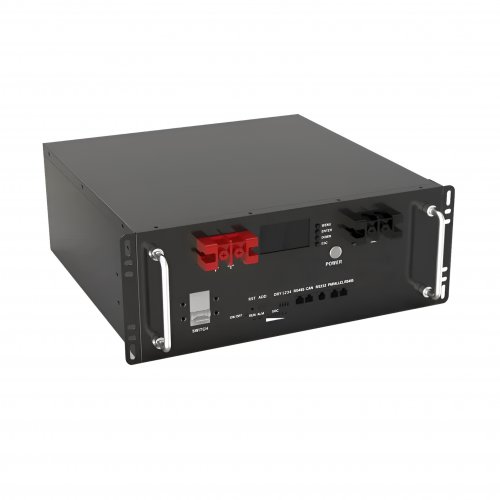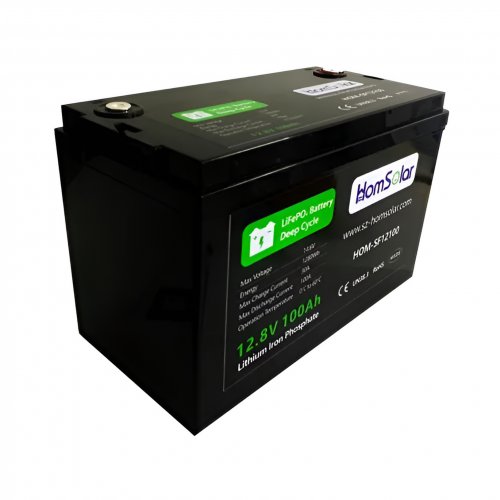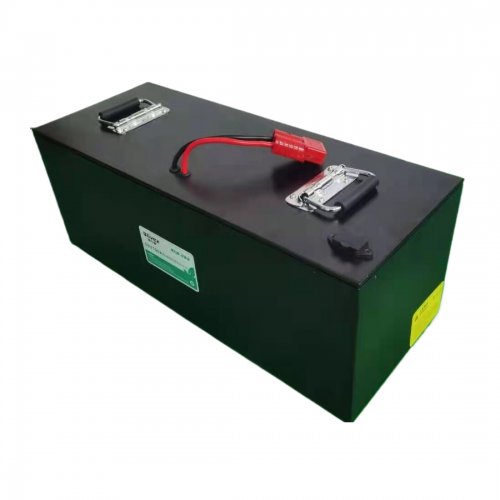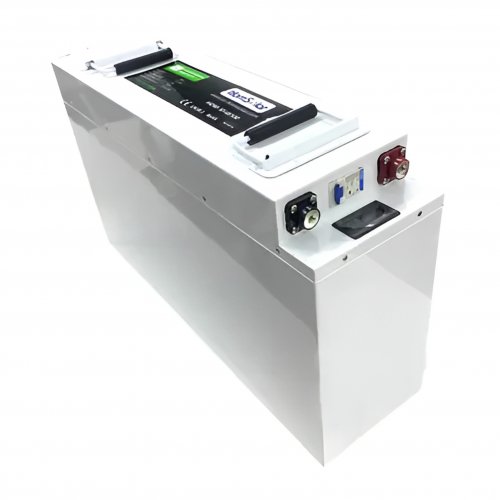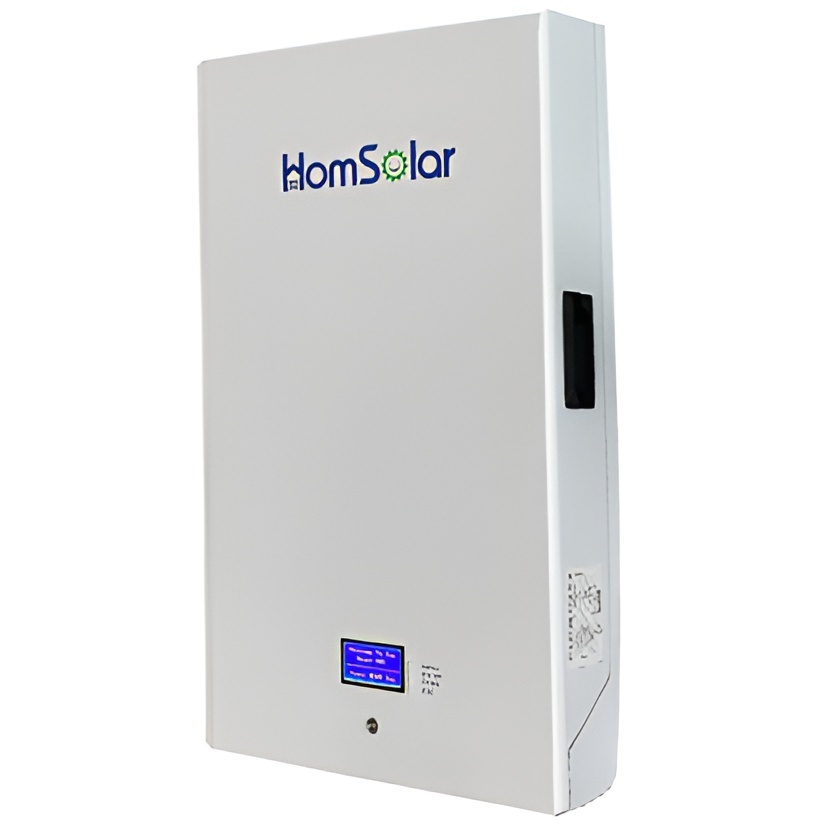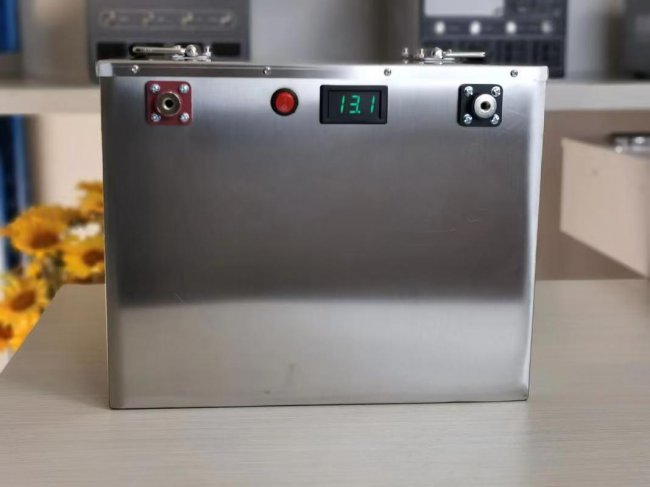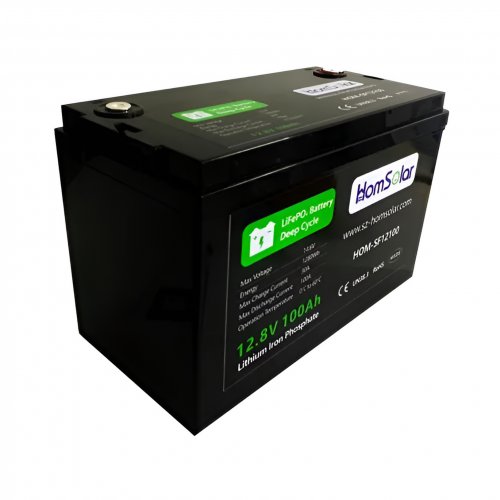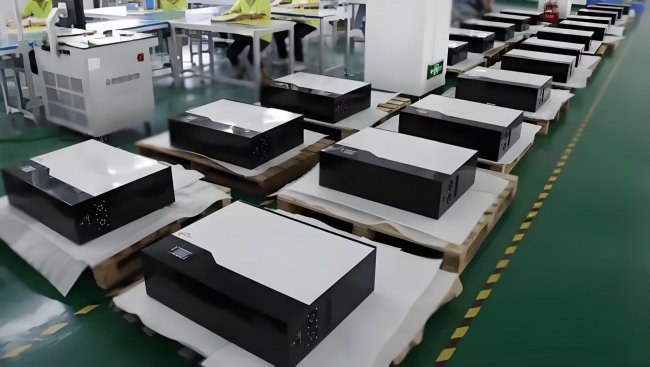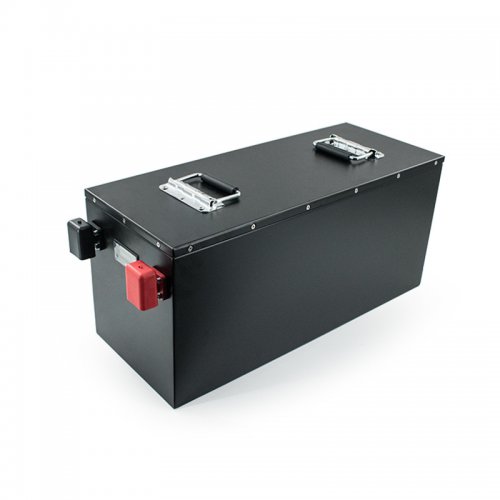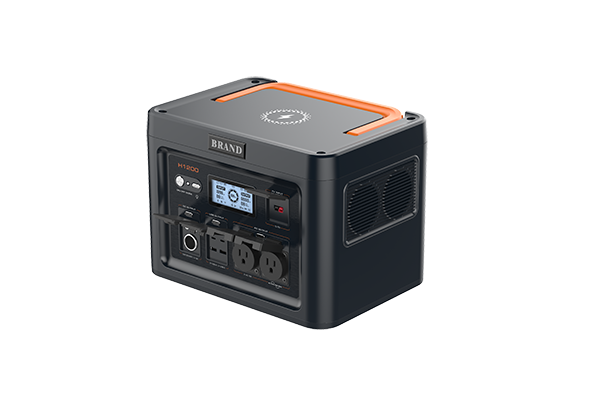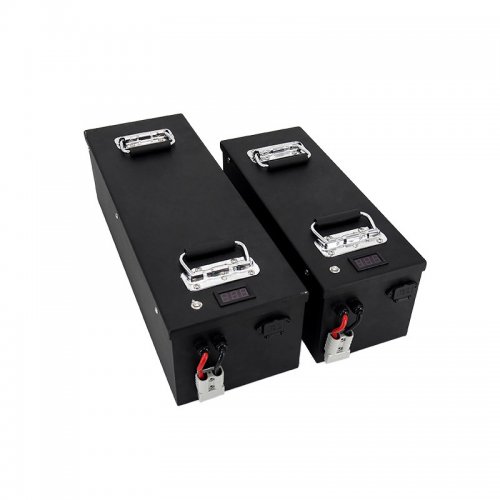Daytime radiative cooling tech for solar panels
Researchers from China have developed a new radiative cooling technology for photovoltaic devices that can reportedly achieve a cooling power density of up to 40 W/m2 and a photovoltaic power density of up to 103.33 W/m2.
Radiative cooling occurs when the surface of an object absorbs less radiation from the atmosphere and emits more. As a result, the surface loses heat and a cooling effect can be achieved without the need for power.
The scientists explained that their transmission-type daytime radiation cooling system consists of a chamber made of ethylene-tetrafluoroethylene (ETFE) and polydimethylsiloxane (PDMS) that is placed above the solar cell. These materials have both high solar transmittance and mid-infrared emissivity.
“Solar cells demonstrate significant mid-infrared absorptivity alongside the sunlight band,” the team explained. “Traditional daytime radiative cooling materials exhibit high reflectivity within the sunlight band (0.28–2.5 mm) and high midinfrared emissivity in the 8–13 mm atmospheric window. The compatibility of daytime radiative cooling with solar cells for efficient energy conversion has posed challenges due to the need to reflect sunlight.”
To overcome these challenges, the team began by analyzing functional groups, which resulted in finding ETFE and PDMS as the best options. Following that, various thicknesses of ETFE films and PDMS films were tested. Finally, the team decided to use ETFE with a thickness of 150 μm as the upper layer material for the chamber and PDMS with a thickness of 5 mm as the lower layer material for the chamber.
“A laser engraving machine was used to carve two acrylic panels, each measuring 20 cm in length and 12 cm in width, into an empty rectangle with dimensions of 17 cm in length and 10 cm in width at the center,” the academics said. “The ETFE and PDMS films were clamped between the acrylic panels and secured with screws, creating a 5-mm-thick chamber between the two films.”
The chamber was placed over a monocrystalline silicon solar cell with an efficiency of 13%. To optimize radiative cooling efficiency, an air pump introduces air through the chamber's entrance and exhausts it from the opposite side at a flow rate of 20 L/min. This experimental system was tested outside on a sunny October day in Nanjing, eastern China.
“The device demonstrates excellent stability over six hours, exhibiting an average cooling power of approximately 40 W/m2,” the scientists said. “The maximum photovoltaic power output reaches up to 120 W/m2 at noon without the chamber; however, this value slightly decreases to 103.33 W/m2 when covered with the chamber. Furthermore, the power conversion efficiency of the solar cell is 11.42%, compared to 12.92% for the bare solar cell.”
Following the real-life experiment, the team conducted a multiphysics simulation using the COMSOL software to see if the system could be improved. “Simulation results indicate that enhancing the air flow rate within the air chamber and reducing its absorptivity in the sunlight band can significantly improve performance. When the cooler's absorptivity drops to 1%, the radiative cooling power can reach as high as 68.74 W/m2,” they further explained.
The system was presented in “,” published in Cell Reports Physical Science. The team included scientists from China's Nanjing University of Aeronautics and Astronautics and the Chinese Academy of Sciences.
Radiative cooling was recently applied to solar panel cooling by researchers from Shanghai Jiao Tong University in China, Purdue University in the United States, the Catalan Institute of Nanoscience and Nanotechnology and the Instituto de Ciencia de Materiales in Spain, and the Jordan University of Science and Technology and the Australian College of Kuwait.
Customized/OEM/ODM Service
HomSolar Supports Lifepo4 battery pack customization/OEM/ODM service, welcome to contact us and tell us your needs.


HomSolar: Your One-stop LiFePO4 Battery Pack & ESS Solution Manufacturer
Our line of LiFePO4 (LFP) batteries offer a solution to demanding applications that require a lighter weight, longer life, and higher capacity battery. Features include advanced battery management systems (BMS), Bluetooth® communication and active intelligent monitoring.

Customised Lithium Iron Phosphate Battery Casing
ABS plastic housing, aluminium housing, stainless steel housing and iron housing are available, and can also be designed and customised according to your needs.

HomSolar Smart BMS
Intelligent Battery Management System for HomSolar Energy Storage System. Bluetooth, temperature sensor, LCD display, CAN interface, UART interface also available.


Terminals & Plugs Can Be Customized
A wide range of terminals and plugs can be customised to suit the application needs of your battery products.

Well-designed Solutions for Energy Storage Systems
We will design the perfect energy storage system solution according to your needs, so that you can easily solve the specific industry applications of battery products.



About Our Battery Cells
Our energy storage system products use brand new grade A LiFePO4 cells with a battery lifespan of more than 4,000 charge/discharge cycles.



Applications in Different Industries
We supply customized & OEM battery pack, assemble cells with wiring, fuse and plastic cover, all the cell wires connected to PCB plug or built BMS.
Applications: E-bike, Electric Scooter, Golf Carts, RV, Electric Wheelchair, Electric Tools, Robot Cleaner, Robot Sweeper, Solar Energy Storage System, Emergency Light, Solar Power Light, Medical Equipment, UPS Backup Power Supply.
We can provide you with customized services. We have the ability to provide a vertical supply chain, from single cells to pack/module and to a complete power solution with BMS, etc.


HomSolar (Shenzhen) Technology Co., Ltd







